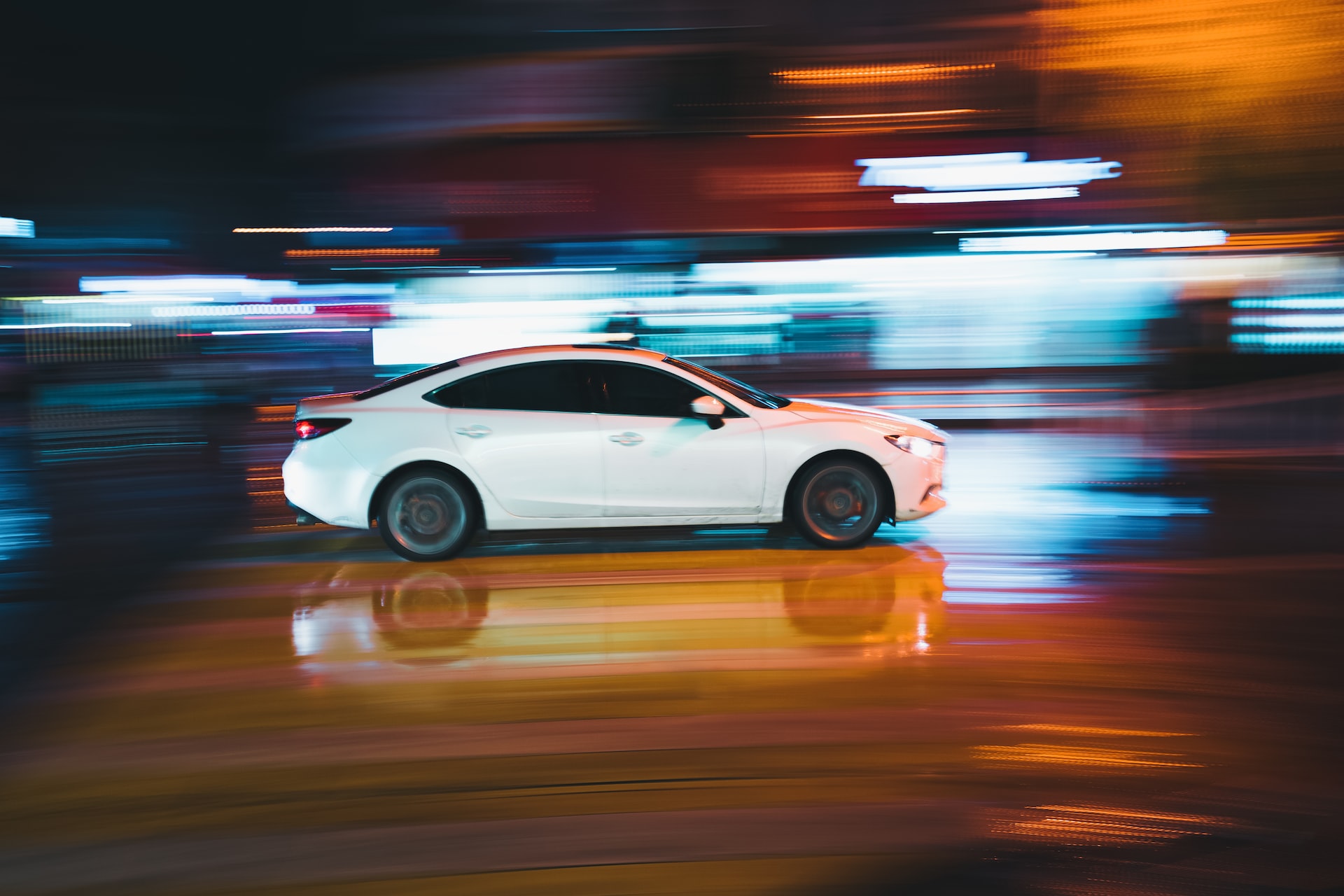How can a city stop red light running?
Red light running is not only illegal, but it’s also dangerous and puts both drivers and pedestrians at risk. According to the Insurance Institute for Highway Safety, in 2020, red light running is responsible for 928 deaths and 116,000 injuries in the United States.
So how can we put an end to or at least deter red lights from running? Below are 5 effective ways:
1. Utilization Of Smart Traffic Sensors
Smart traffic sensors are a relatively new addition to many cities, and they offer a number of benefits over traditional traffic sensors. For one, smart traffic sensors can detect vehicles in the “zone of indecision,” providing longer yellow light times, which gives drivers more time to slow down and stop before the light turns red. Additionally, smart traffic lights feature sensors that can detect when a car is approaching a red light, meaning the light can stay green longer if necessary. This helps to keep traffic flowing smoothly and reduces the likelihood of accidents.
Leverage Artificial Intelligence for Safer Intersections:
Smart traffic lights can be programmed to change based on the time of day or week, meaning they can be adjusted to account for higher or lower traffic volume. Actionable insights from connected traffic signals is what LYT offers to take the knotty complexities out of managing traffic, making roads smarter and flow more smoothly. As a result, intelligent traffic lights offer a number of benefits over traditional traffic lights and are quickly becoming the norm in many cities.
Learn more about how LYT makes cities smarter, safer, and more sustainable by visiting its website.
2. Enforcement Of Automatic Red Light Cameras
These have been controversial, but they have been shown to be effective in reducing red light running. Anne McCartt, senior vice president for research at IIHS underscores the behavior-altering effect of red light cameras on red light runners. Red lights equipped with cameras snap a photo of the license plate of any car that enters an intersection after the light has turned red.
A ticket is then mailed to the registered owner of the vehicle. A red light car accident is one of the most serious types of crash that can occur hence the need for extra care and protection. Cities that have installed red light cameras have reported significant reductions in red light running and associated accidents.
As of January 2022, automated red light camera enforcement is used in 338 localities throughout 22 states and the District of Columbia. Red light camera violations are handled differently by different states and authorities, with some classifying them as civil offenses and others as driving offenses.
3. Increased Policing and Enforcement
Increased policing and enforcement is the most obvious solution to deterring red light running, but it is also the most difficult to implement. According to studies, increased police presence at intersections has been shown to be effective. However, the solution is also costly and may not be practical or possible in some cases.
Cities turned to artificial intelligence (AI) to help with red light running and making intersections safer. Smart traffic lights that use AI can detect when a car is approaching a red light and extend the green light if necessary. This helps to keep traffic flowing smoothly and reduces the likelihood of red light accidents. The cost of AI-enabled smart traffic lights is also much lower than the cost of increased policing, making them a more feasible solution for many cities.
4. AI-based traffic signal countdown timer control
Traffic congestion is a major problem in many cities across the country. It not only causes delays but also increases the risk of accidents. One way to help reduce traffic congestion is to optimize the timing of traffic signals. This can be a difficult task for traditional signal controllers, but new AI-based technology is making it possible.
The AI-based system detects when a car is approaching a red light and then adjusts the timing of the traffic signal accordingly. The goal is to give drivers just enough time to make it through the intersection without having to speed up or run the red light hence reducing red light violations.
The system is currently being piloted in some cities, and initial results are promising. If the technology can be successfully implemented on a wide scale, it has the potential to significantly reduce traffic congestion and improve safety on our roads.
5. Implementation of Leading Pedestrian Intervals (LPI):
LPIs are effective treatments for controlling gaps in the pedestrian phase and improving pedestrian visibility to turning vehicles. They are a relatively low-cost way to improve pedestrian safety, making them an appealing option for many traffic engineers. However, LPIs must be carefully designed and implemented to be effective in combating drivers running a red light.
In order to be successful, LPIs should only be used at intersections with high pedestrian traffic and should be accompanied by other measures such as signage and pavement markings. When properly designed and implemented, LPIs can significantly impact pedestrian safety.
What is the verdict?
When it comes to every major city, there are two things on most transportation departments’ minds:
Efficiency and safety.
In order to stop red lights running, it starts with utilizing preemptive technologies and connecting traffic signals for better flow and timing. LYT is at the forefront of making this a reality for cities across North America with their solutions that include:
Harnessing the power of artificial intelligence technologies, traffic management has never been so simple. Schedule a demo today!



